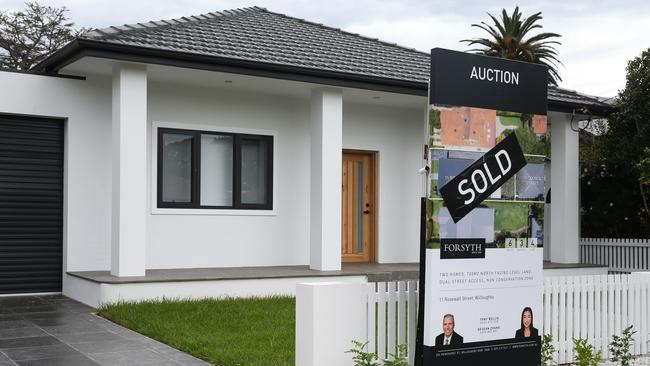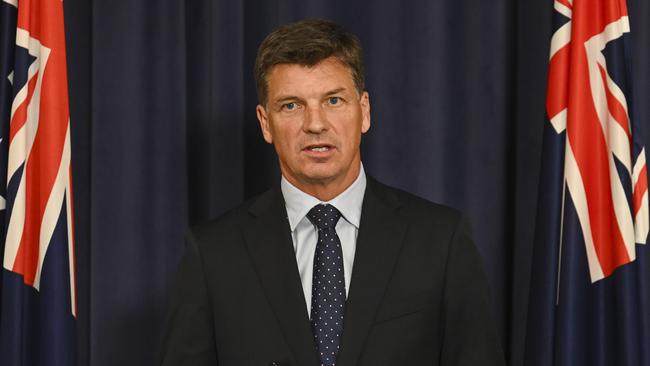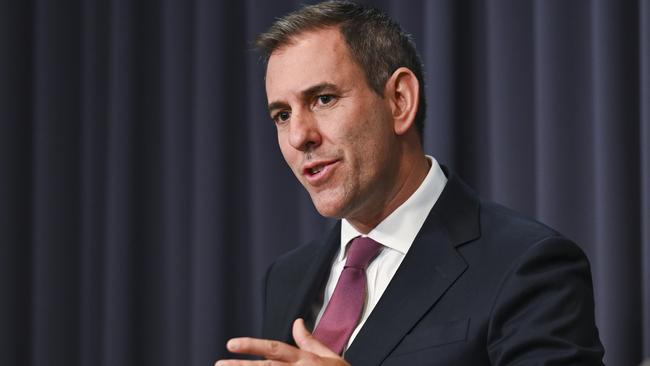Mortgage interest bill up to an extra $26,000 to $50,000 for average home loan since 2022
Australia’s mortgage interest bill has tripled under the weight of 12 rate hikes in the more than two years since Labor won office.
National
Don't miss out on the headlines from National. Followed categories will be added to My News.
EXCLUSIVE
Australia’s mortgage interest bill has tripled under the weight of 12 rate hikes in the more than two years since Labor won office, with every household paying tens of thousands of dollars more.
Families have paid between $26,000 and $50,000 extra in interest on the average mortgage in each state since the federal election in May 2022, by which time the Reserve Bank of Australia had begun a cycle of repeatedly lifting the cash rate to tackle soaring inflation.

National Accounts figures show Australians paid a total of $31.2 billion in mortgage interest rates across the entire economy as of the September quarter this year, almost triple the $10.9bn paid in the March quarter of 2022.
The highest extra interest bill of $50,000 was in NSW where the average mortgage was $780,000 in 2022, while the lower $26,000 bill was in the Northern Territory where the average home loan was $410,000, according to Coalition analysis based on RBA lending rates and Australian Bureau of Statistics lending finance data.
In Victoria, where mortgages averaged $640,000, people have paid an additional $41,000 in interest, Queenslanders with a $540,000 home loan have paid $35,000 extra, and South Australians with a $460,000 mortgage have forked out $30,000 more.
In Tasmania, where the average mortgage was $450,000, the extra interest cost households $29,000 each.
Australians with larger mortgages have naturally been hit with even higher interest bills, with analysis showing anyone with an $800,000 loan would have paid on average $51,000 more, a $1 million loan would have cost an extra $64,000, while a $1.2m mortgage would mean $77,000 more in interest compared to early 2022.

With inflation moderating and the headline rate now within the RBA’s target band, economists are divided on whether the central bank’s board will deliver a cut in February or wait until their second meeting of the year in May.
If the board decides to wait to the later date, by then mortgage holders would be on the hook for a further $5,000 to $9,000 in higher interest payments.
Coalition treasury spokesman Angus Taylor said Australians had made “great sacrifices” to keep a roof over their heads.
“Many have postponed family holidays, have cut back on essentials like food and clothing, have put off seeing a doctor, some have even been forced to take on a second job,” he said.
“These sacrifices are a constant reminder of the toll Labor’s homegrown inflation is having on Australian households.”

A spokesman for Treasurer Jim Chalmers acknowledged families’ mortgage pain, but said the cost of living would be worse under the Coalition.
“Ever since they started rising under the Coalition, higher interest rates have put substantial pressure on household budgets,” he said.
“Inflation was much higher and rising under the Liberals and now it’s much lower and falling under Labor.”
The spokesman said Mr Taylor had not come up with “any costed, credible or coherent alternative economic policies” in the last three years.
“If he had his way, millions of Australians would be missing out on tax cuts, energy bill relief and decent pay, and that would make it harder for them to service their mortgage,” he said.
Read related topics:Cost Of Living





